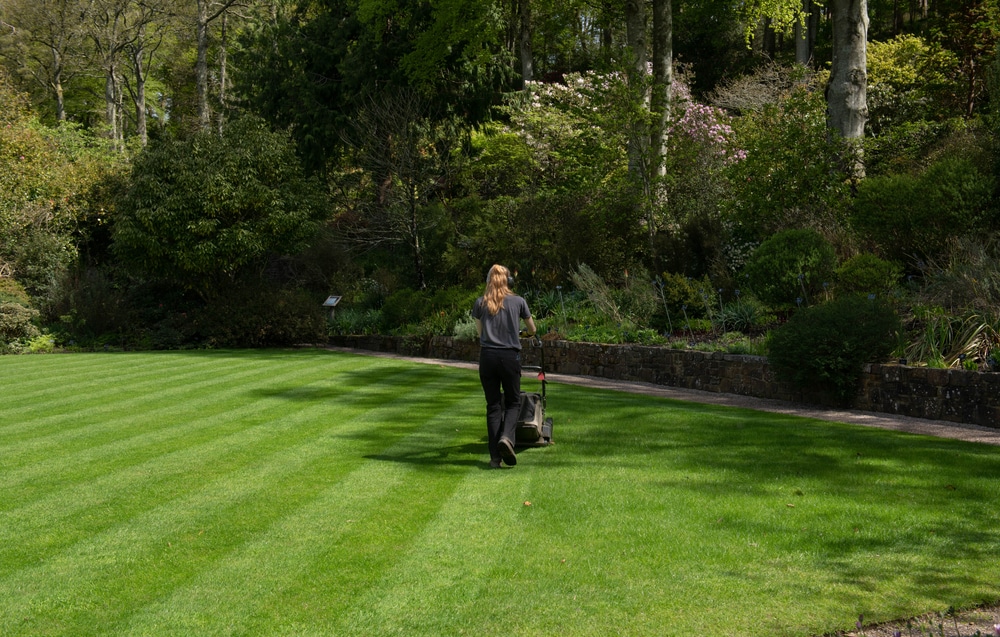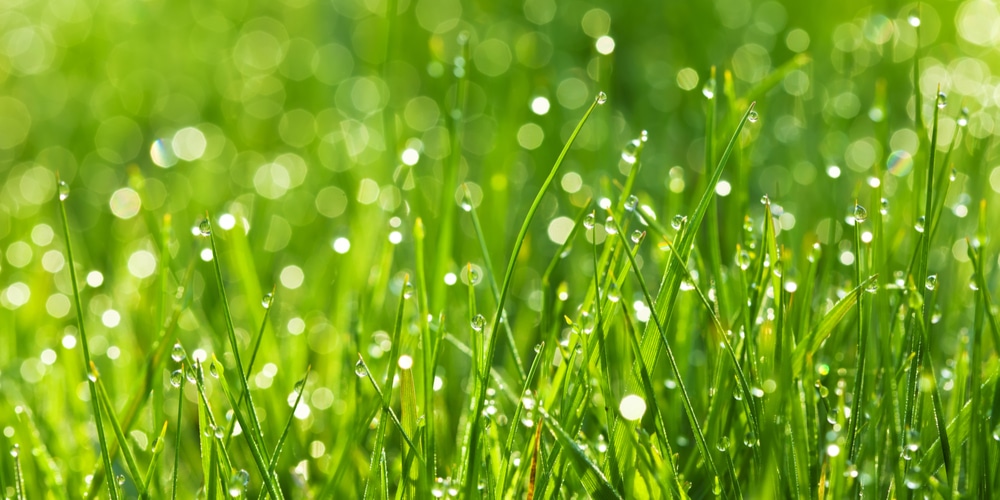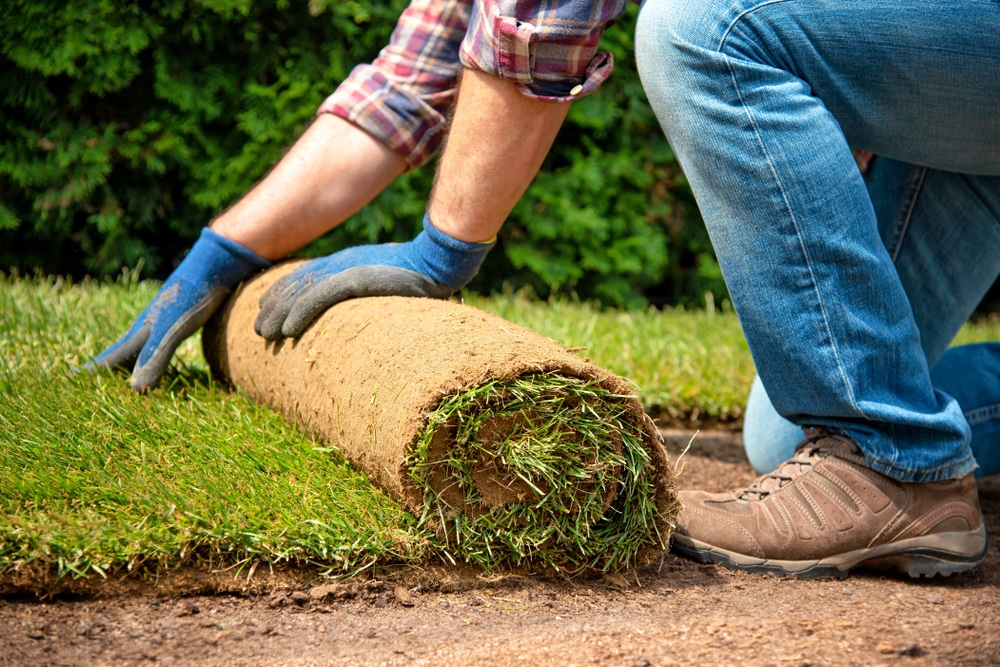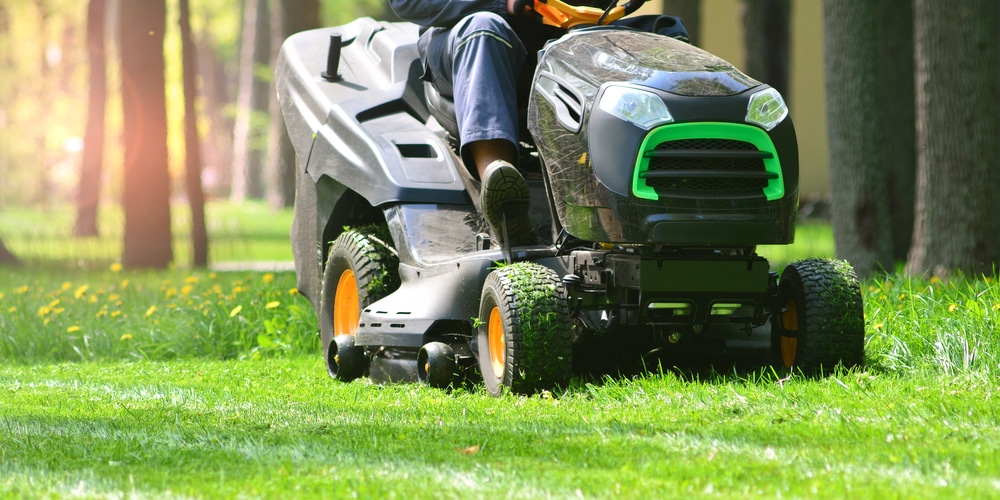| Question | When is the Best Time to Plant Grass Seed? |
|---|---|
| Answer | Depends on Grass Type |
| More Info | For cool-season grasses, the best planting times are early fall or early spring, when temperatures are moderate. This allows the grass to establish itself before the extreme cold or heat. For warm-season grasses, late spring to early summer is ideal, when soil temperatures are warm enough to encourage germination. Choosing the right time ensures better germination rates and healthier grass growth. |
Deciding the optimum time to plant grass seed is crucial for establishing a lush, healthy lawn. Spring often comes to mind as a season of growth and renewal, which makes it a tempting time to start your lawn project. However, the specific timing for sowing grass seed hinges on various factors, including grass type, local climate, and soil temperature. Whether you’re aiming for a velvet green carpet of cool-season grasses or a warm-season turf that thrives in heat, understanding your region’s growing zone and ideal planting windows is paramount.
The general rule for cool-season grasses, like Kentucky bluegrass or fescue, is to plant either in the early fall or early spring. This takes advantage of moderate temperatures and natural precipitation that support germination and root growth.
In contrast, warm-season grasses, such as Bermuda or Zoysia, fare better when seeded in late spring or early summer when soils are adequately warm. This ensures proper germination and establishment before the cooler months set in. Your lawn’s success is also influenced by techniques for soil preparation, watering, and ongoing care after seeding. To prevent common pitfalls and give your grass the best start, referencing expert guides on choosing the best time to plant grass seed can provide valuable insights tailored to your needs.
Understanding Grass Seed
When embarking on the journey of lawn maintenance or creation, selecting the appropriate grass seed is essential for a thriving yard. This decision can largely impact your lawn’s success and how much care it will require.
Key Considerations:
- Grass Type: Understand that grass seeds are broadly categorized into cool-season and warm-season types. Cool-season grasses, like Kentucky bluegrass, flourish in northern climates, whereas warm-season grasses, such as bermudagrass, are optimal for southern locations.
- Soil Temperature: The germination of grass seed depends significantly on soil temperature. Warm-season seeds require warmer soil typically found in late spring to early summer. Conversely, cool-season seeds favor soil temperatures that are moderate, which can occur in early spring or fall.
Grass Seed Germination Chart:
| Grass Type | Ideal Soil Temp (°F) | USDA Planting Zone |
|---|---|---|
| Bahiagrass | 65 – 70 | 7 to 11 |
| Bentgrass | 55 – 65 | 4 to 6 |
| Bermudagrass | 65 – 75 | 7 to 10 |
| Bluegrass | 55 – 65 | 2 to 6 |
Remember, the end goal is to ensure maximum seed-to-soil contact, which fosters proper seed germination and root establishment. Perform a soil test prior to seeding to determine nutrient needs and soil amendability.
Maintenance Tips:
- Watering is pivotal post-seeding. Keep the top inch of soil moist but not waterlogged.
- Mow the new grass when it reaches about three inches high, being careful not to remove more than one-third of the blade height to avoid stressing young seedlings.
Careful consideration of grass varieties and their specific needs, along with proper maintenance, can lead to a lush and enduring lawn.
Optimal Planting Times
When planning to sow new grass seed, timing is crucial. The best planting times vary depending on season, region, and current weather conditions.
Seasonal Guidelines
- Spring: For cool-season grasses like Kentucky bluegrass or fescue, planting is ideal from February to early May. Warm-season grasses should be planted later in the spring, once the soil temperature is consistently warm.
- Fall: Cool-season grasses benefit from a fall planting, often providing the best conditions for seed germination due to decreasing temperatures and more regular rainfall.
- Winter & Summer: These seasons are generally not recommended for planting grass seed due to extreme temperatures which can hinder seed germination and growth.
Regional Considerations
- Northern Zones: In cooler climates, cool-season grasses thrive best. It’s essential to plant before or after the risk of frost has passed.
- Southern Zones: Warm-season grasses are ideal for hotter regions, where the soil temperature should be above 65°F before planting.
- Transition Zones: These areas can support both types of grasses. Local extension office advice can be extremely helpful for making a decision.
Weather Factors
- Soil Temperature: Grass seed requires a certain soil temperature to germinate; for most types, a soil thermometer can help determine the right time to plant.
- Moisture: The ground should be neither too wet from heavy rains nor too dry from drought; maintaining a moist, not waterlogged, soil is key after sowing.
For the best results in seed germination and grass establishment, thoroughly research the specific requirements of the grass type you plan to use.
Preparation for Seeding
Before you embark on planting grass seed, proper site preparation is essential to ensure successful germination and growth. Follow these steps:
- Soil Testing
- Test your soil to determine pH and nutrient levels. Aim for a pH between 6.0 and 7.0 for optimal growth.
- Clearing the Area
- Remove existing vegetation, debris, and stones.
- Use a non-selective herbicide if necessary, but follow the waiting period on the label before seeding.
- Soil Amendment
- Based on your soil test results, amend the soil with the necessary fertilizers or soil conditioners.
- Incorporate organic matter such as compost to improve soil structure and fertility.
- Levelling and Grading
- Level the soil to avoid any water pooling and to ensure even grass growth.
- Grade the area so it slopes away from buildings to prevent water runoff problems.
- Cultivation
- Break up compacted soil with a ‘tiller‘ to a depth of 2 to 3 inches.
- Avoid excessive tilling as it may bring weed seeds to the surface.
- Raking
- Finish by raking to create a smooth surface.
- A light rake will create a crumbly texture ideal for seeds to embed.
- Moistening
- Gently water the area to moisten the soil without causing erosion or puddling.
Remember, patience and attention to detail during the preparation stage greatly increase the likelihood of a lush, vibrant lawn.
Aftercare and Maintenance
Once you’ve successfully planted your grass seed, proper aftercare is crucial to ensure healthy growth and a lush lawn. During this crucial stage, your attention to detail will reward you with robust growth.
Watering:
- Initial stages: Water lightly but frequently to keep the soil consistently moist.
- Subsequent weeks: Gradually reduce frequency, providing deeper watering to encourage strong root development.
Mowing:
- First mow: Once grass is 3 inches tall, mow to a height of 2 inches to promote thickening.
- Regular mowing: Keep grass at recommended height based on its type to maintain lawn health.
Fertilization:
- 4-6 weeks after germination: Apply a balanced fertilizer to support growth.
- Maintenance: Follow a regular fertilizing schedule, tailored to your grass type and growing season.
Weed Control:
- Pre-emergent herbicides can be used to prevent weed growth, but only apply after new grass has been mowed a few times.
- Post-emergent herbicides can help control weeds, but ensure they are safe for your grass species.
| Task | Frequency | Tips |
|---|---|---|
| Watering | Daily to weekly | Adjust based on weather and grass type |
| Mowing | As needed | Never remove more than 1/3 of the blade at a time |
| Fertilization | Seasonally | Use the right type for the growth stage and season |
| Weed Control | As needed | Choose products compatible with your grass species |
By following these maintenance guidelines, you can create a resilient and vibrant lawn that’s ready to enjoy. Remember, patience and persistence with your aftercare regimen will lead to the lush lawn you desire.
Frequently Asked Questions
In this section, you’ll find precise answers to common inquiries about planting grass seed. These guidelines will help you establish a lush lawn in the appropriate season.
What month should I put grass seed down?
The best months to plant grass seed can vary; cool-season grasses ideally should be planted in early fall, but can also be sown in spring. For warm-season grasses, late spring through early summer is most suitable.
Is it better to plant grass seed in spring or fall?
Generally, planting grass seed in the early fall is considered better, as the soil retains warmth, allowing seeds to germinate quickly while the cooler air temperature encourages growth. However, if you missed the fall window, spring is the second-best option.
What temperature range is optimal for grass seed germination?
Grass seed germination is most successful when soil temperatures are between 50-65 degrees Fahrenheit for cool-season grasses and 65-75 degrees Fahrenheit for warm-season varieties.
How do I overseed an existing lawn with new grass seed?
To overseed an existing lawn, mow your lawn to a shorter height, rake to remove debris, and loosen the top layer of soil. Then, evenly spread the grass seed and gently rake to ensure good seed-to-soil contact.
What is the recommended procedure to prepare the soil for planting grass seed?
For optimal results, clear the area of debris and weeds, loosen the top 2-3 inches of soil, level the ground, and add nutrient-rich soil or compost. Finish by lightly compacting the soil to prepare a firm seedbed.
How does climate zone affect the timing for planting grass seed?
Climate zones significantly influence the timing for planting grass seed; refer to your local USDA zone guidelines. Cool-season grasses grow best in zones with colder winters, while warm-season grasses prosper in zones with mild winters.



